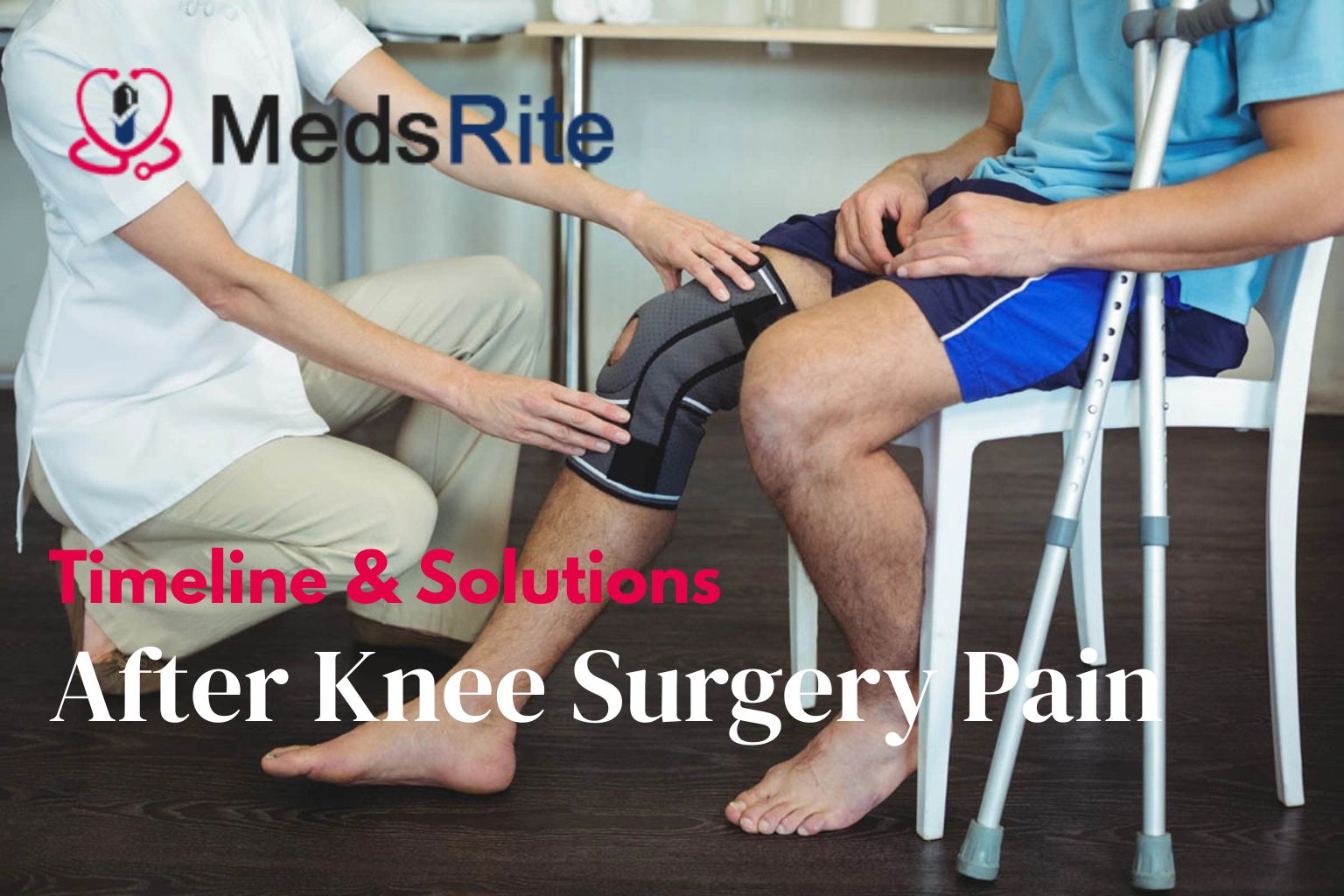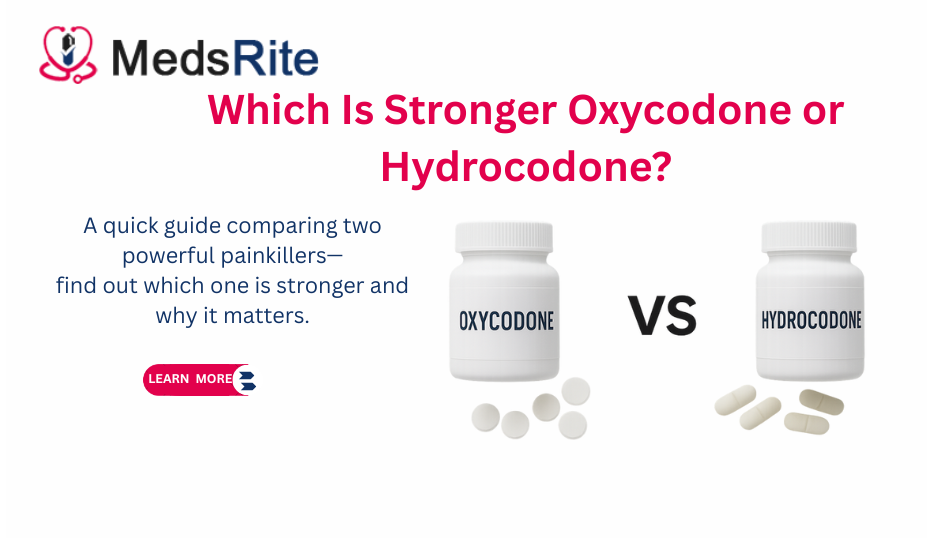After knee surgery pain affects approximately 30% of patients who experience moderate discomfort following a total knee replacement. Despite expectations of immediate relief, not every patient feels satisfied with their recovery outcomes. In fact, about 1 in 5 patients continue…
Tag: Hydrocodone
Opioids vs Opiates Explained: Essential Facts for Better Health
The distinction between opioids vs opiates matters more than ever in today's healthcare landscape. Nearly 110,000 Americans died from drug overdoses in 2022, with over 81,000 of these deaths involving either prescription or illicit opioids—a staggering 400 percent increase over…
Which is Stronger Oxycodone Or Hydrocodone?
Oxycodone or Hydrocodone may be the best options if you are looking for quick relief from moderate to severe pain. Managing pain is one of the most challenging tasks, requiring a great deal of patience and perseverance. Yes, you heard…



